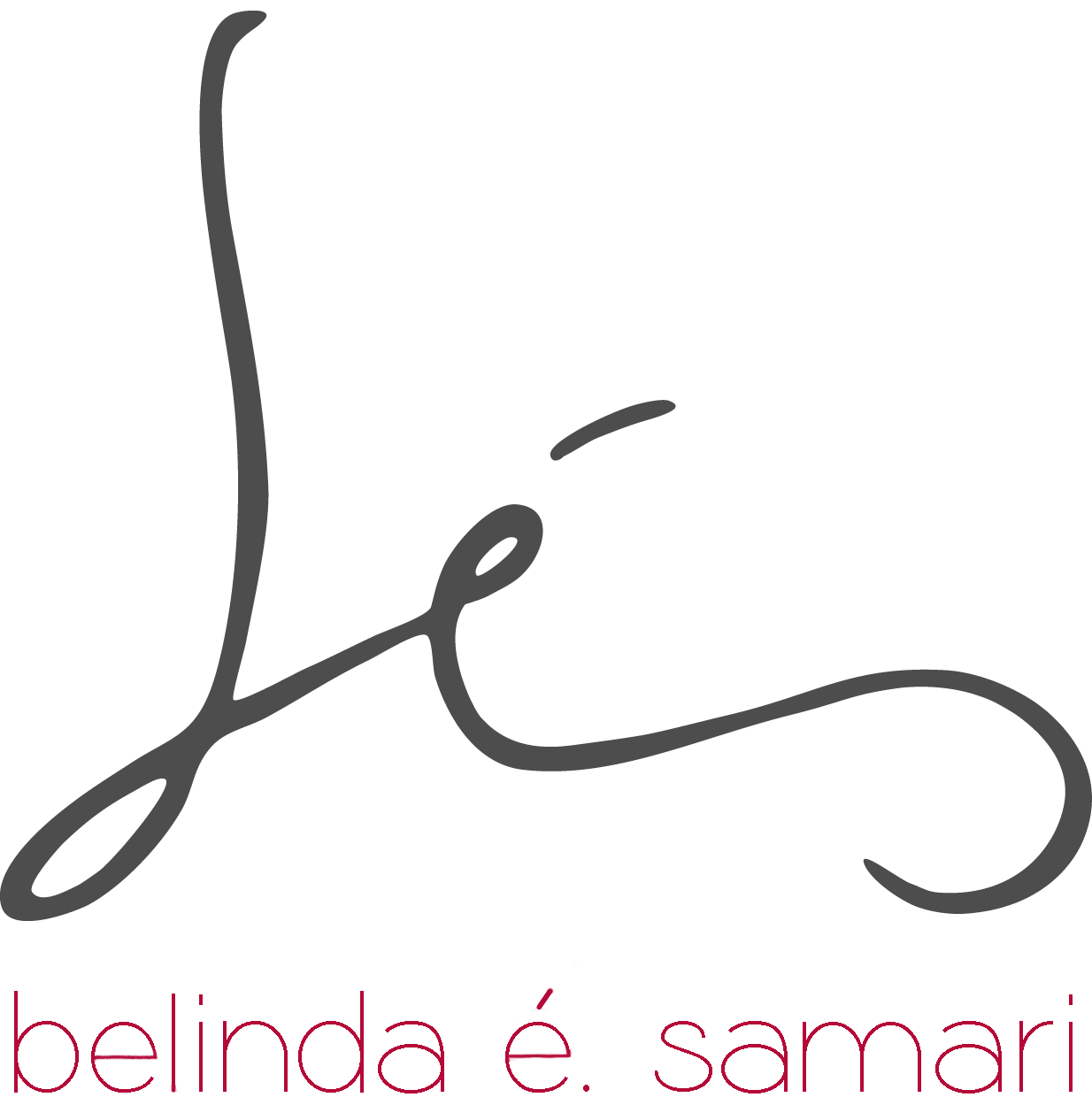THRESHOLD
Why do grooms traditionally carry their brides across the threshold? Let’s explore this and go back a few thousand years; imagine you are an ancient Greek living back then. In your mind Day and Night are two equal and opposite forces that move in the universe. Every day you look up at the sky and ‘see’ Day as it passes from one end of the horizon to the other in a big arch. As you experience Day, Night is below the horizon (in the domain of Chaos), and it is also looping under in an arch, soon to surface above the horizon when you will begin to experience nighttime. Nighttime is just another way of saying that Night is making that same arch as Day makes during daytime, and in that time, Day is making the reverse loop below the horizon. So the two are constantly in motion, circling above and below, and you experience them one at a time as they take turns. Why is this so fascinating? Hesiod (c. 800 B.C.), a well-known poet from ancient Greece, talks about an aspect of that image into which I am zooming in today.
The interesting bit is where Day and Night meet. Hesiod imagines that the underworld’s entrance is like a house, and the horizon is the threshold of the house where the two cross paths. When they both ‘hit’ the horizon, one from below the other from above, Day and Night meet in what he called the boundary-zone, ‘the great threshold of bronze’. Thresholds of houses could be made of stone or wood, but the use of bronze here tells us that this is no ordinary threshold. This one is mythical, important. The two opposites alternately cross this special threshold as they continue on their respective paths.
It seems to me that we are also thresholds of bronze and boundary-zones of sorts. When Day and Night swiftly and alternately cross the horizon that place suddenly means more than it usually does, it suddenly becomes less straight-forward and more complex. In that moment it is a changing of seasons, experiences, expectations, it is about tensions and adjustments as two realities come head to head to create a compounded and complex reality, even if for a brief moment. Have you ever felt happy and sad? The day you retired, or your child was born, did you feel both loss and gain? Have you ever laughed and cried? Have you ever been so grateful and so gutted at the same time? That is the threshold of bronze. We embody the threshold of bronze when life’s complexity is amplified, and it all becomes more visceral, and more real.
If the bronze thresholds of our lives are times when we experience an amplification of life, then we naturally experience a greater intensity of pain, suffering, tension and difficulty. But, very importantly, we also experience a greater intensity of joy, beauty and transcendence. Rather than being spaces we constantly inhabit, we become the thresholds of bronze from time to time, in waves that come and go (and it helps to remember that they do come as well as go). If this is the case, what if our challenge is to make the most of that extraordinary experience of life’s complexity when it occurs and while it lasts?
This brings us to our initial question: why do grooms traditionally carry their brides over the threshold? Because it is a symbolic and embodied enactment of the transition from one state to another, one life to another, and the threshold is the place where old and new cross paths. Not all thresholds in our lives are of bronze, but when the bronze ones come along, it seems there is a way in which we can embrace all they bring, because above all else and paradoxically so, they bring life.
(c) Belinda É. Samari
RECOMMENDATIONS
ONLY ACCESSIBLE TO THE CREATIVE EXPEDITION CREW.
For those of you who are part of the creative expedition, be sure to check out my other recommendations in your newsletter. If you are not already part of the crew, join the creative expedition (bar at the top of this page) and regularly receive inspiring, informative and practical content in your inbox. Experience the full benefit of the journey!

